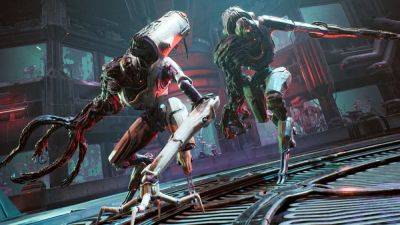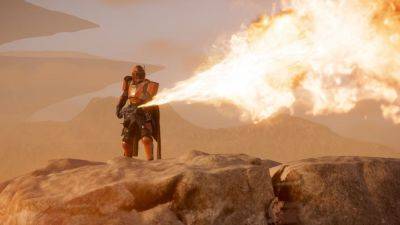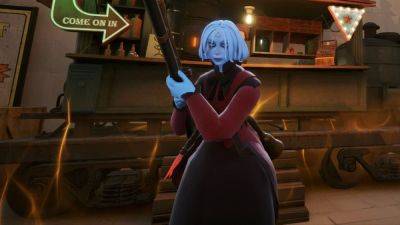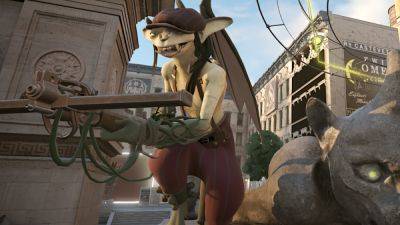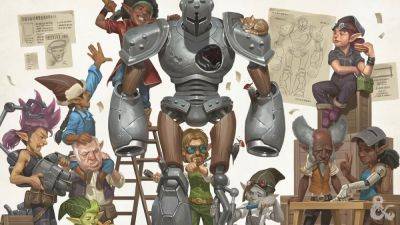Stalker 2: Heart of Chernobyl is downright gorgeous, and feels like it's using modern tech to fully realise the atmosphere the first game strove for
I am, unfortunately, a bit of a hypocrite when it comes to videogames—especially ones like Stalker. In my heart, I know that atmosphere has precious little to do with graphical fidelity, that a skilled artist can make a deeply immersive game with naught but a few pixels, some shillings, cardboard, and elbow grease.
But there's a reason I've never properly sunk my teeth into Stalker: Shadow of Chernobyl despite all the praise it's gotten—and I have to admit it has quite a lot to do with presentation. The game never looked bad for its time, and its immersive atmosphere is rightfully lauded—but its visuals have had a short half life. It was developed in the X-Ray engine, but it gives me a source-engine smell that's impossible to disconnect from my misspent youth in Garry's Mod.
This is a personal failing. However, after sitting down and playing a hands-on demo of the game at Gamescom, I'm happy to report that developer GSC Game World has excelled in the areas it was already strong at, and is on its way to create a game that rivals the first's legendary texture with all the new modern toys in the studio's toolbox.
The short session I enjoyed followed Skif, a downright surly fellow, returning to the zone with an artefact and a thirst for answers. As uninitiated to the franchise as I am, the finer details blissfully drifted past my head as I was promptly (and appropriately) shoved through a dank, pitch-black sewer that taught me the basics of movement before being given a direction, a set of wide open fields with abandoned farmhouses in them, and several locations to scan.
In an interview I'd later do with the studio's technical producer Evgeniy Kulik, I'm reassured that «all locations you may notice in the game, from the big ones to the smallest villages, are made all by hand»—and I can feel it here. I nervously crouch-crawl into some abandoned buildings with my flashlight off, and while many are desolate, I'm just as surprised by how many show signs of life. Bodies are


